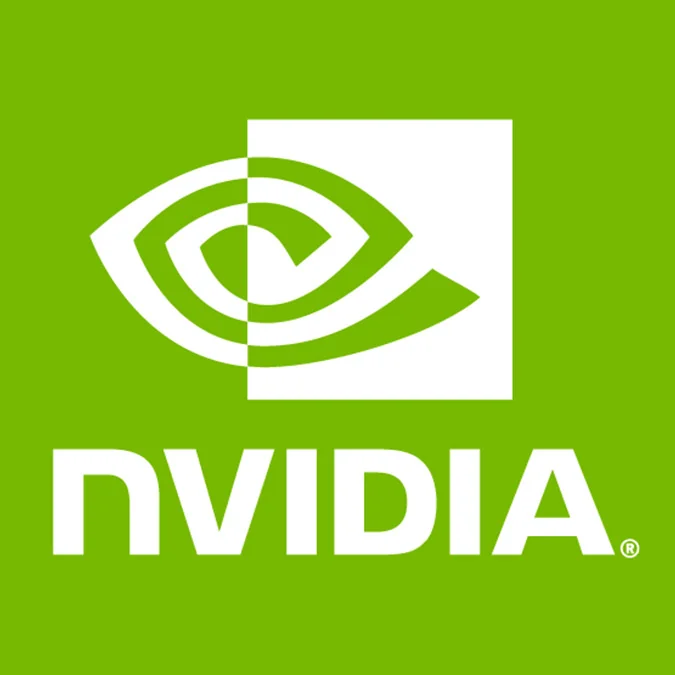The First NVIDIA GeForce GTX 580 Linux Benchmark

We, unfortunately, do not yet have our hands on the NVIDIA GeForce GTX 580. Nor do we know if we will, it depends if NVIDIA sends one out, and even when reviewing the GeForce GTX 460 a few months back it wasn't their marketing department that ultimately sent out that sample, but rather Andy Ritger of NVIDIA ended up buying the card. Fortunately though, we have the first Linux benchmark of the GeForce GTX 580 from one of our long-time readers.
Deanjo, one of our most active contributors to the Phoronix Forums with thousands of posts (though not enough to top AMD's John Bridgman) and is someone always tinkering with the latest computer hardware, has picked up a GeForce GTX 580 graphics card.
His initial benchmarking of the NVIDIA GF110 under Linux was with Unigine Heaven. When running Unigine Heaven on Linux, which is the most demanding OpenGL game/application available at this point, at 1920 x 1080 with high quality settings and 16x anisotropy, the average frame-rate was 45.2 FPS. The minimum frame-rate was 10 FPS while the maximum frame-rate in this Unigine Engine technology demo was 117 FPS.
Dean Hilkewich (a.k.a. Deanjo) also switched this system from openSUSE 11.3 to Microsoft Windows 7 x64 for running the same test. When using the same quality settings and sticking with the OpenGL renderer, the frame-rate was just under that of Linux with an average FPS of 43, a minimum of 6, and a maximum of 110.
Unigine also has a DirectX/Direct3D renderer for its Windows version. When using the Direct3D 11.0 renderer with Unigine Heaven, the average frame-rate was 42 FPS, a minimum of 3, and a maximum of 113. This is just on-par with the OpenGL 3/4 performance.
While we know that generally the performance of NVIDIA's proprietary driver is close to the same under Windows and Linux, it's good to see it remaining that way with the just-released GeForce GTX 500 series. It also allows you to see roughly how the GeForce GTX 580 will perform under Linux in other tests and relative to the latest ATI Radeon HD 6000 series graphics cards, which should also perform about the same when using the latest proprietary Catalyst drivers under each operating system.
Dean will be running more benchmarks on this NVIDIA graphics under Linux this weekend. Let's hope he still has the Phoronix Test Suite installed and runs something like phoronix-test-suite benchmark vdrift lightsmark unigine and any other graphics or OpenCL benchmarks. His results and discussion for them can be found in this Phoronix thread.
3 Comments

